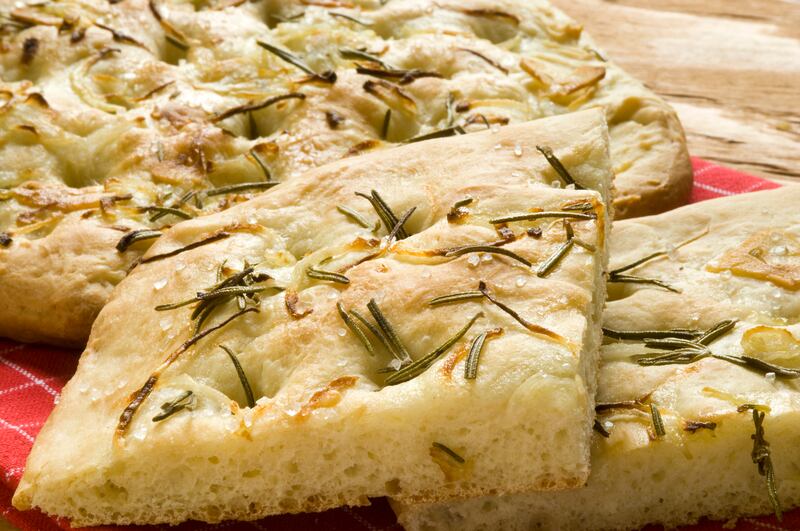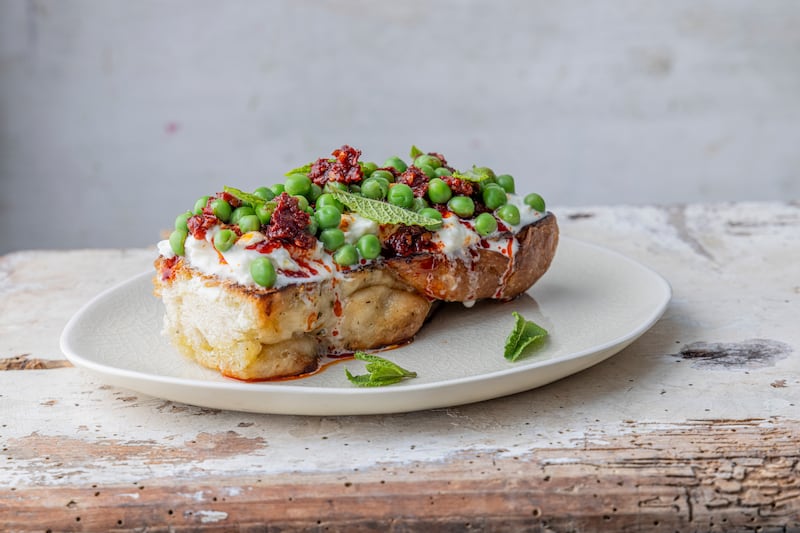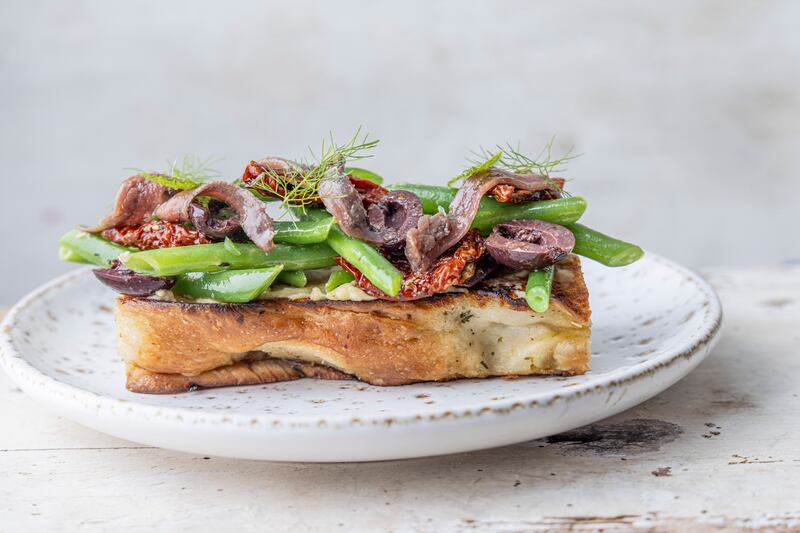There’s a simplicity to bread that can fool the untrained eye. Behind the simple look and feel of this most ancient and basic food is a world of skill, technique, passion and history that we often take for granted.
As a chef, you’ll often be lauded and celebrated for complicated dishes that marry all sorts of magic tricks, expensive ingredients and heaps of butter and salt. That’s fine: don’t stop any time soon or many of us will be out of a job. But the real genius lies in the most basic dishes.
Think about bread. It’s essentially a mix of ground wheat, water, salt and yeast, the last of these a microbial fungus that eats the natural sugar in the flour and produces carbon dioxide gas, which in turn causes the bread to rise. Who in God’s name was the first to bake a loaf of bread and what creative juice were they drinking? These were the real ground-breakers when it comes to food.
Due to the inexpensive ingredients used, it remains one of the cheapest sources of food. Unfortunately it is also one of Ireland’s most wasted ingredients, coming in at about 40 per cent.
READ MORE
I’ll usually buy a high-quality bread once a week and get through about half of it, three days later it’s teeth-achingly hard. I’d love to tell you I then make breadcrumbs and freeze them, but my freezer is tiny. What I’ll often do is make crostini, where I douse the bread in oil and either fry it or barbecue it. After that I’ll get some moist ingredients on top that soak into the bread and soften it up while adding seasoning. Not only does this reduce waste, but it also helps to bulk up dinners so I can use less expensive ingredients.

As part of this week’s line-up, I’ve added a focaccia recipe if you want to make your own bread. Focaccia is an Italian dough that is easy to throw together and doesn’t require any finesse. From a practical point of view, it also bakes in a rectangle and doesn’t get too high. This makes it easier to wrap up and freeze without using up too much space in the freezer. You can microwave it straight back to room temperature ready for grilling.


The first crostini is inspired by one of my favourite restaurants, Oliveto in Dún Laoghaire, Co Dublin. The charred focaccia is covered in burrata before being topped with spicy ‘nduja and frozen peas. A sprinkle of salt, dash of lemon and some ripped mint leaves is a perfect summer supper with a glass of something chilled.
The second version takes inspiration from the classic Niçoise salad, transporting us to the French Riviera. Green beans, olives, anchovies and sun-dried tomatoes are soaked in spicy olive oil, Dijon mustard and vinegar before adorning this charred bed (I mean bread). It won’t last more than two minutes.
Celebrate the genius of bread, it will repay you in spades.
Recipe: Focaccia
Recipe: Crostini Niçoise

















